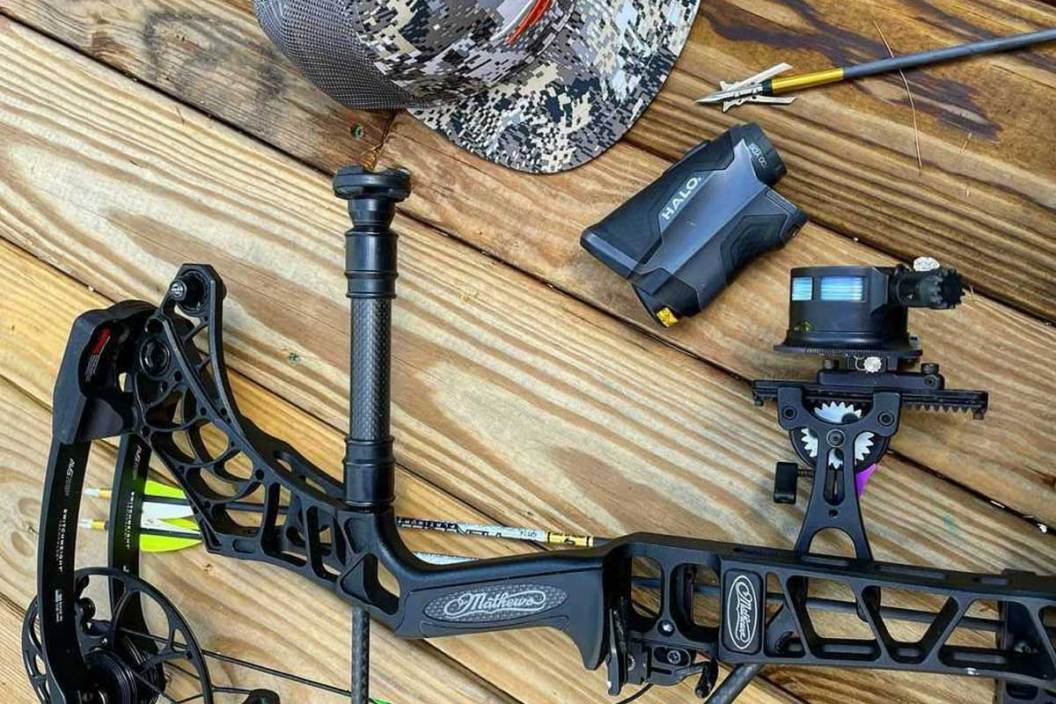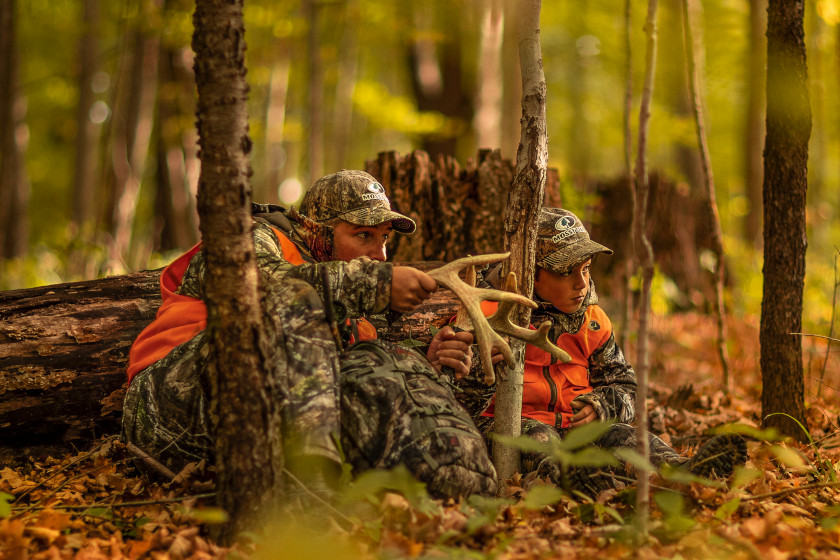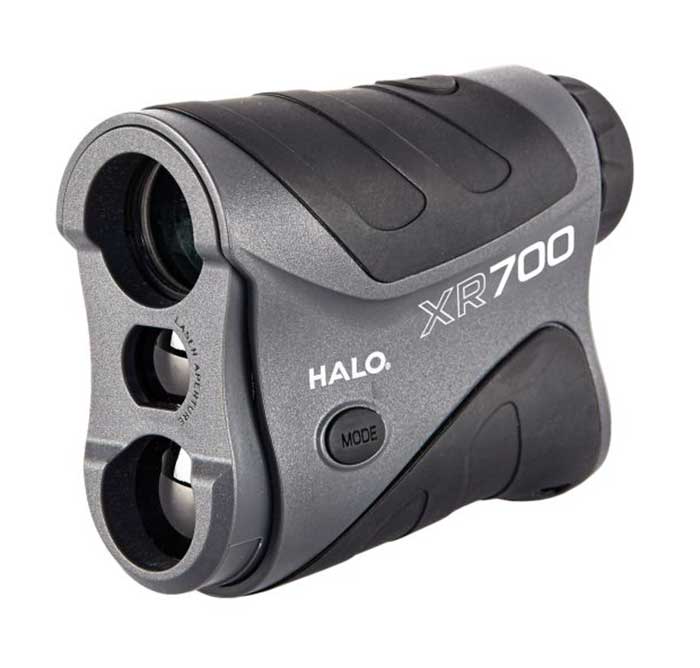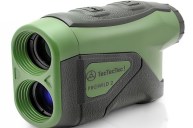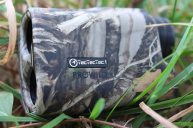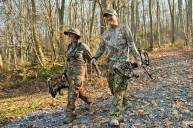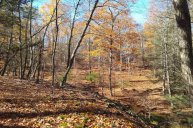I climbed up into my treestand on the morning of November 7th, hung my bow on the tree arm, and quickly putting my freezing hands back into my jacket pockets that were stuffed with warmers. Confidence was unusually high, as my trail camera had captured my target buck every morning right at sunrise for the past four days. This was the day. I was ready.
I proceeded to go through my checklist: strap on my bow release, nock an arrow, check the wind. As I reached into my hunting pack to pull out my rangefinder, I noticed something. Rather, I noticed a lack of something. My rangefinder wasn't there. I forgot it.
I had a decision to make. Should I stay in the treestand, hoping my target buck comes in carelessly at under 30 yards, and make a judgment call? Or do I get out of my stand, risk spooking every deer in the area (especially my target), and head to my truck to look for my rangefinder. I chose the latter.
Some of you reading this may think I am crazy. Risk blowing out a spot because of an accessory? You might be right, but there are certain pieces of gear that I cannot do without, and towards the top of that list lies my rangefinder. You see, bowhunting offers very little forgiveness, and knowing your distance down to the exact yardage is crucial for making an ethical shot. Bumping my target buck? I can live with that. Risk making a non-lethal hit because I forgot my equipment? That I can't live with. If you still think I'm crazy, here are a few reasons why my rangefinder is perhaps the most important piece of hunting equipment I own, and why it should be yours as well.
Stop Guessing
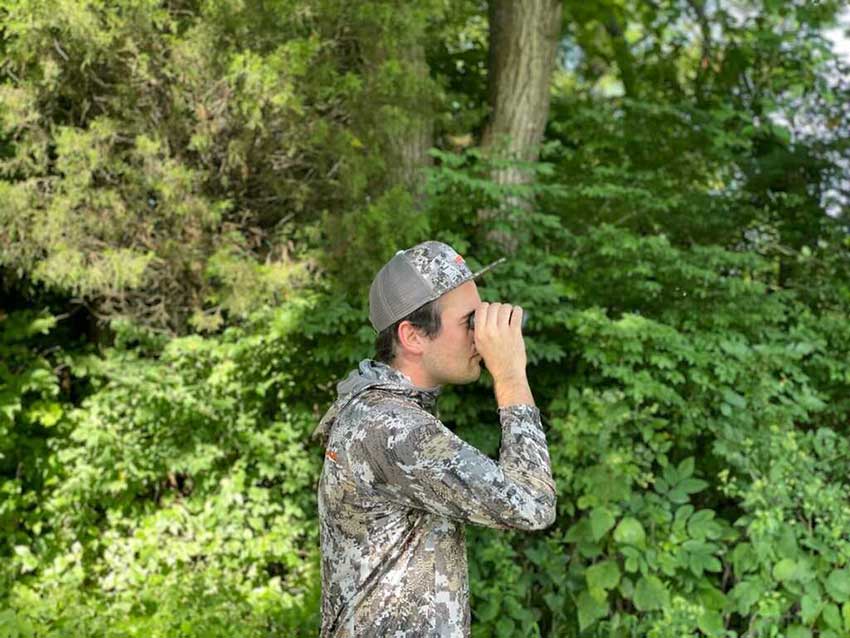
Dylan Hayward
I said it once, but it's so important that I will say it again. There shouldn't be any guessing when it comes to shot distance. I have heard hunters brag about how good they are at guessing yardages. That's great, but why risk it when there is a convenient handheld tool that will tell you exactly how far your target is? If you're the type of hunter that is worried about movement and the risk of scaring a deer when using their rangefinder, I have a suggestion. As soon as you get into your stand, range a few landmarks. That way you will have a better idea of the distance wherever your target steps out, and likely won't need to pull out the rangefinder with the deer within eyesight.
Tackling Angles
One of the greatest innovations in modern rangefinders is their ability to calculate angles. For instance, if you're 20 feet up in a treestand, and a buck walks out 15 yards from the base of your tree, you would have to take into account the angle of direct path between you and the deer to get an accurate distance. With modern rangefinders, that is all done for you.
This can be especially handy when on a backcountry hunt in steep terrain, when you're stalking elk or trying to close the distance on a mountain goat. Ground level shots would be incredible, but unfortunately that is rarely, if ever, the case. Judging angles and trying to calculate the distance in my head is the last thing I want to worry about when I'm drawing back on my target. With a rangefinder, I don't have to.
Magnification
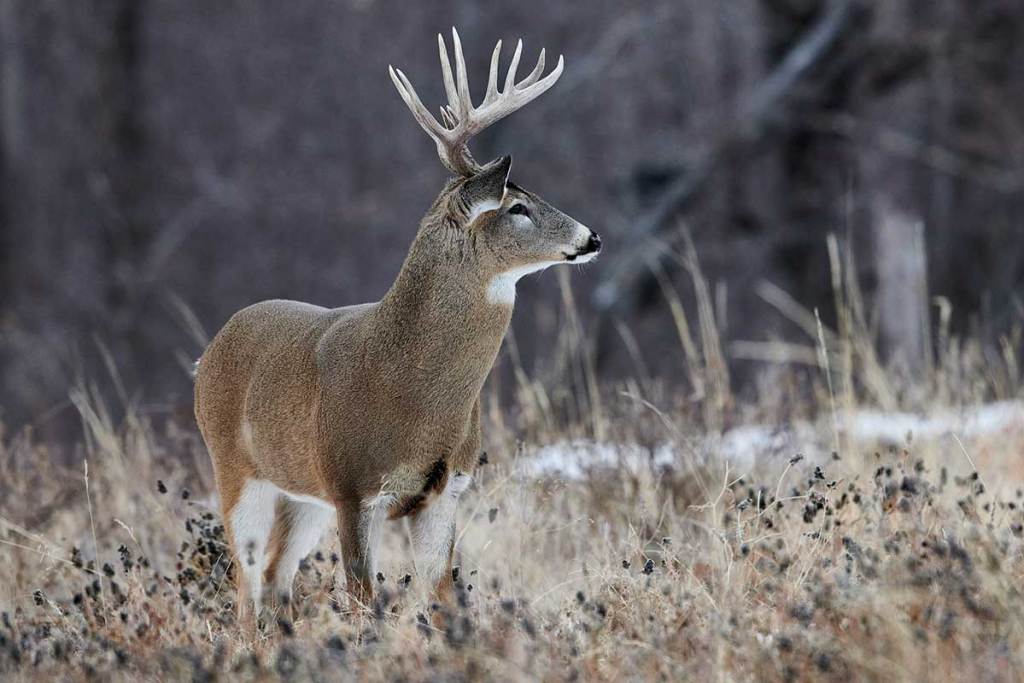
Wildpix645/Getty
There are a lot of rangefinders on the market today that include impressive magnification. Some of the higher end models feature levels as high as 10x magnification. That can make ranging your target much easier, but also help determine whether or not the animal is a shooter. It's a good way to verify what you're seeing, especially if there are antler regulations related to where or when you're hunting. The spots I hunt in the Midwest are mostly dense with trees and brush, aside from an occasional ag field, so visibility past 100 yards isn't all that common. The magnification of my rangefinder fills that gap, and I can leave my binoculars at home thanks to the double advantage.
Detecting Obstructions
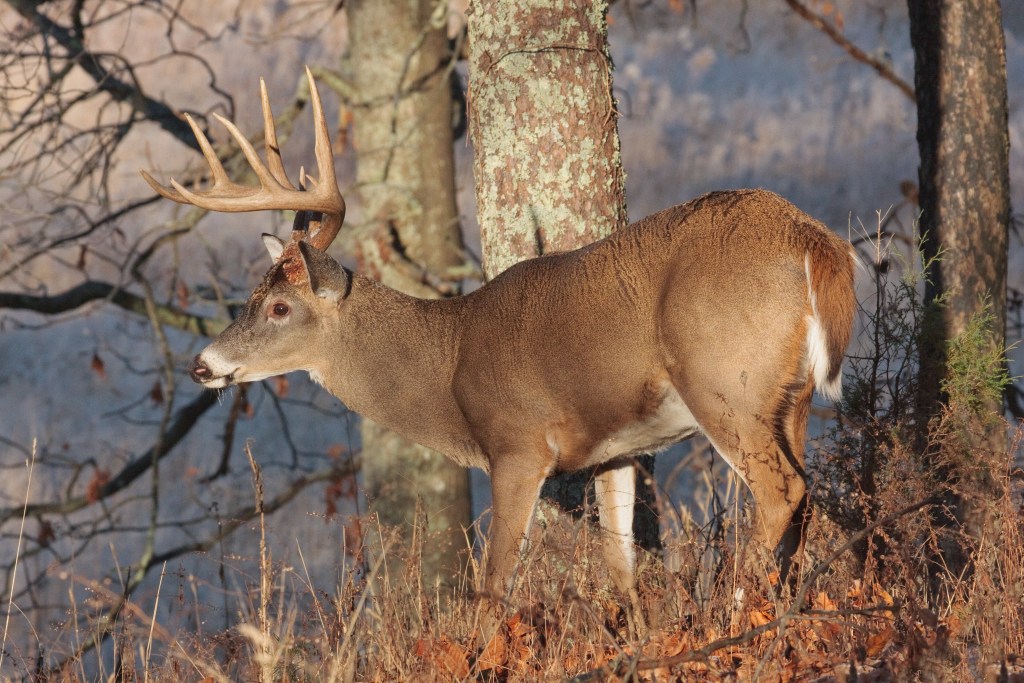
_Lambert_Photography/Getty Images
If you have been bowhunting long enough, more than likely you have encountered these types of situations. You've attempted a shot at a deer, only to find out that your arrow clipped a limb that you didn't even know was there. This happened to me two seasons ago, and it was heartbreaking.
Using a rangefinder can help you better detect those obstructions before you take your shot. A lot of rangefinders today emit a laser that bounces off the target and reflects back to the rangefinder, using the speed of that laser's return trip to determine the distance. If there are any obstructions in the way, you'll likely be alerted by this due to an unusually short measurement or varying distances. That will tell you there is likely an obstruction in the way.
Look, I get it. No one likes the idea of relying so much on another piece of equipment that they have to bring into the field every hunt. I consider myself a minimalist when it comes to packing for my bowhunts, and I won't take up any more space in my pack than I have to.
But rangefinders are now so conveniently-sized, you can easily slip one into your jacket pocket or the side pouch of a pack without even noticing it's there. Most modern rangefinders are smaller than your average smartphone, which will add minimal weight to your pack, very little extra bulk, and all the convenience of knowing exactly where your target is thanks to the press of a button.
Most bowhunters already own a rangefinder. If you don't, make the decision to buy one. As you get used to it and take full advantage, you'll realize how it's one of the most important pieces of gear in your pack. I know it is for me.
Our Pick for a Recommended Rangefinder
HALO XR700 - Tractor Supply Co., $149.99
In my eyes, the HALO XR700 Rangefinder is by far the best pick for the price. It features premium glass optical lenses, providing more clarity than I've ever seen in a rangefinder. It also uses 6x magnification and provides near-instantaneous readings. The water resistant housing and ergonomic design are major plusses, too.
Above all else, make sure you use and understand your rangefinder before you head out into the field. It's an important tool, that's for sure, but it's useless if you don't apply it correctly.
